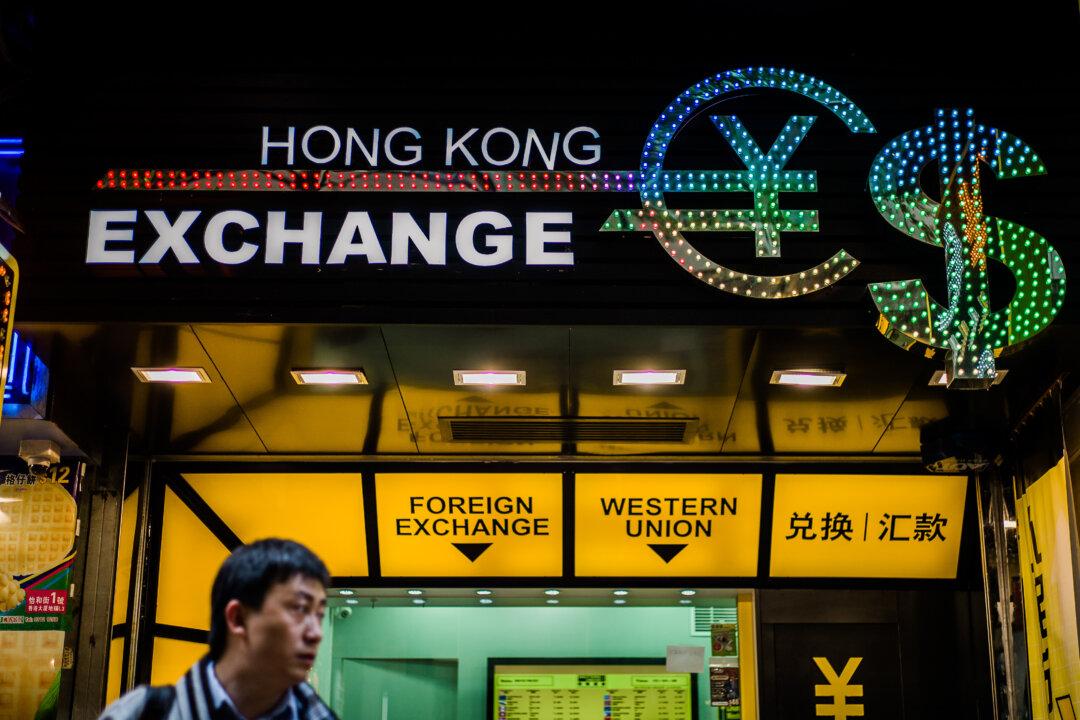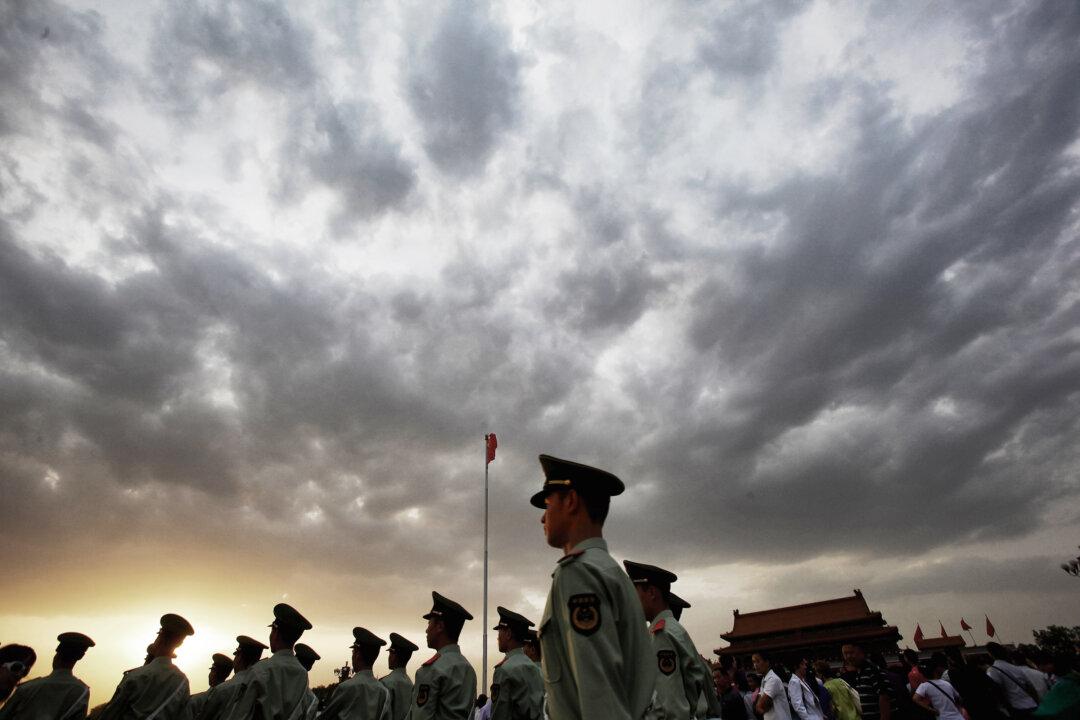Gold prices are near record highs amid global geopolitical tensions and an ongoing crisis in the U.S. banking sector.
Gold futures on the New York Mercantile Exchange hit a record high of $2,072 per ounce on May 4. Spot gold price on the day was also within a few cents of its all-time high of $2,072.49, according to Refinitiv, a global financial markets data provider.





